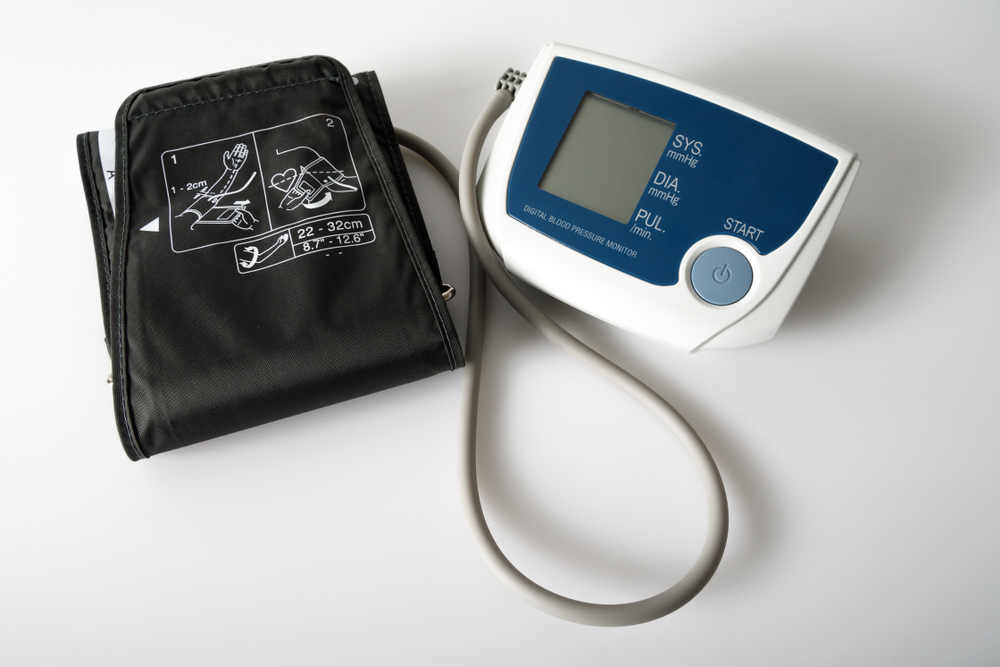
@ShahidNShah


During the rapid pivot to telehealth visits during the pandemic, safety net clinics embraced simple, efficient, and cost-effective remote patient monitoring (RPM) solutions to help serve high-risk patients managing chronic medical conditions such as diabetes and hypertension. Clinics have embraced so-called “connected” tools for remote monitoring that are easy to use and allow patients to do routine health checks from the comfort and privacy of home. The data, thanks to the beauty of Bluetooth, is automatically sent to the patients’ providers.
There’s no relying on patients keeping a written record or remembering to send details to their doctor’s office - something that takes a lot of provider legwork out of the equation.
Remote patient monitoring, as CCI reported last year, is a popular telemedicine innovation. With patients taking charge of their routine health checks outside the walls of traditional health settings, it has the potential to lower health care costs, improve chronic disease management, and reduce preventable trips to emergency departments. It’s been made possible with the relaxing of formerly restrictive Medicare rules, which have eliminated many barriers to such services.
Continue reading at careinnovations.org
Over the past two decades, the United States has seen a significant increase in chronic disease among the population. According to the Centers for Disease Control and Prevention, six in ten adults in …
Connecting innovation decision makers to authoritative information, institutions, people and insights.
Medigy accurately delivers healthcare and technology information, news and insight from around the world.
Medigy surfaces the world's best crowdsourced health tech offerings with social interactions and peer reviews.
© 2025 Netspective Foundation, Inc. All Rights Reserved.
Built on Apr 25, 2025 at 4:15am